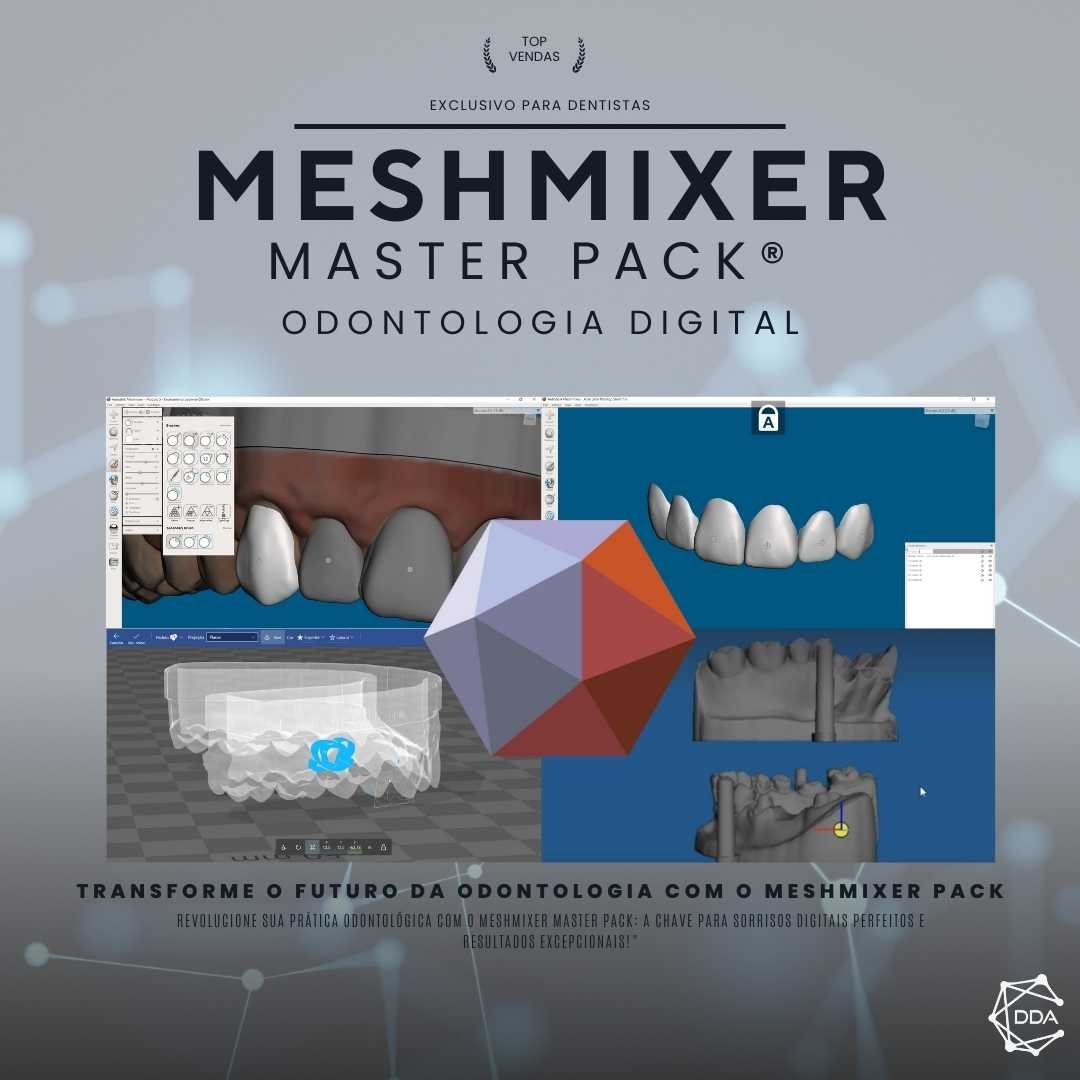What is a 3D Printer for Orthodontics?
The 3D printer for orthodontics is a revolutionary technology that allows the creation of precise and personalized three-dimensional models for orthodontic treatment. This technology uses an additive printing process, in which successive layers of material are deposited to form the desired object. In the case of orthodontics, these objects are models of the patient's teeth and oral structures.
How does the 3D Printer for Orthodontics work?
The 3D printer for orthodontics works using specialized software that converts the information obtained from an intraoral scan or a physical model into a digital file. This file is then sent to the 3D printer, which uses a specific material, such as resin or polymer, to build the three-dimensional model layer by layer.
Benefits of 3D Printing for Orthodontics
The use of 3D printing in orthodontics brings a series of benefits for both professionals in the field and patients. One of the main benefits is the precision in the reproduction of dental models, which allows for more detailed and efficient planning of orthodontic treatment.
Furthermore, the 3D printer makes it possible to customize models according to the needs of each patient, which results in more individualized and effective treatment. This customization also contributes to reducing treatment time, as models can be produced quickly and accurately.
3D Printer Applications for Orthodontics
The 3D printer has a wide range of applications in orthodontics. In addition to producing dental models for treatment planning, it can also be used to make transparent aligners, orthodontic appliances and auxiliary devices, such as palatal expanders and palatal breakers.
Another application of the 3D printer is the production of surgical guides, which assist professionals during dental implant procedures and orthognathic surgeries. These guides are created according to the prior planning carried out in the software, ensuring greater precision and safety in the procedures.
Advantages of 3D Printing for Orthodontics
The use of 3D printers in orthodontics brings several advantages over traditional methods of making orthodontic models and devices. One of the main advantages is the reduction of errors and rework, as 3D printing allows an accurate reproduction of the patient's models and oral structures.
Furthermore, the 3D printer enables the production of models and devices more quickly and efficiently, which results in an optimization of professionals' working time. This agility also contributes to patient satisfaction, who have their treatments completed more quickly and effectively.
Challenges of 3D Printing for Orthodontics
Despite all the advantages and benefits, using 3D printing in orthodontics also presents some challenges. One of the main challenges is the need to invest in specific equipment and materials, which can represent a high initial cost for professionals.
Furthermore, specialized technical knowledge is required to operate the 3D printer and make the necessary adjustments to the models and devices produced. This requires adequate training on the part of professionals, in order to guarantee the quality and precision of the results.
The Future of 3D Printing for Orthodontics
The use of 3D printing in orthodontics is constantly evolving and promises to bring even more advances in the coming years. With the development of new materials and printing techniques, it is possible that the precision and quality of the models and devices produced will be even greater.
Furthermore, the 3D printer can also be used in conjunction with other technologies, such as artificial intelligence and virtual reality, to further improve the planning and execution of orthodontic treatments. These technologies can help simulate results and predict tooth movements, providing more efficient and personalized treatment.
Conclusion
In summary, the 3D printer for orthodontics is an innovative technology that brings a series of benefits and advantages for professionals in the field and for patients. With the ability to produce customized models and devices quickly and accurately, this technology is revolutionizing orthodontics and opening up new treatment possibilities.


